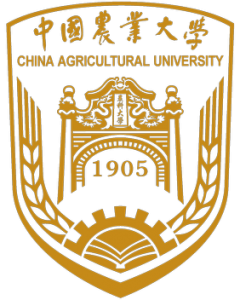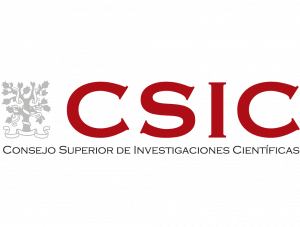
Agricultural Water Management 230 (2020) 105979
https://doi.org/10.1016/j.agwat.2019.105979
Published by CAU and ARO:
Jianchu Shi a, Xun Wu b, Xiaoyu Wang a, Mo Zhang a, Le Han a, Wenjing Zhang a, Wen Liu a, Qiang Zuo a,*, Xiaoguang Wu c, Hongfei Zhang c, Alon Ben-Gal d
a College of Land Science and Technology, China Agricultural University, Key Laboratory of Plant-Soil Interactions, Ministry of Education, and Key Laboratory of Arable
Land Conservation (North China), Ministry of Agriculture, Beijing 100193, China
b College of Water Resources and Civil Engineering, China Agricultural University, Beijing 100083, China
c Land Management Center of Inner Mongolia Autonomous Region, Hohhot 010020, China
d Soil, Water and Environmental Sciences, Agricultural Research Organization, Gilat Research Center, Mobile Post Negev 85280, Israel
ABSTRACT
Plant water deficit index (PWDI) represents the extent of water stress by relating soil moisture to the ability of a plant to take up water including consideration of the relative distribution of soil water to roots. However, for a smart irrigation decision support system, we are challenged in determining reliable thresholds of PWDI to initiate irrigation events to achieve predetermined yield and/or water use efficiency (WUE) targets. Taking drip irrigated maize and sprinkler irrigated alfalfa as examples, field experiments were conducted to investigate the
choice and effects of PWDI thresholds. The results indicated that, with increasing PWDI thresholds, irrigation times and quantity of water, as well as crop transpiration, growth, and yield, were all significantly limited while WUE was enhanced except under extremely stressed conditions. To disconnect the unpredictable effects of other factors, yield and WUE were normalized to their corresponding potential values. Within the experimentally determined range of PWDI, relative yield and WUE were described with linear functions for maize, and linear
and quadratic functions for alfalfa, allowing identification of the most efficient threshold value according to the objective parameter of choice. The method described can be adopted in smart irrigation decision support systems with consideration of spatial variability and after further verification and improvement under more complicated situations with various crop types and varieties, environmental conditions, cultivation modes, and wider or dynamic PWDI thresholds allowing regulated deficit irrigation.
 Sustainability 2020, 12(24), 10596;
Sustainability 2020, 12(24), 10596;









